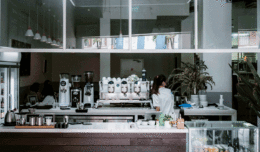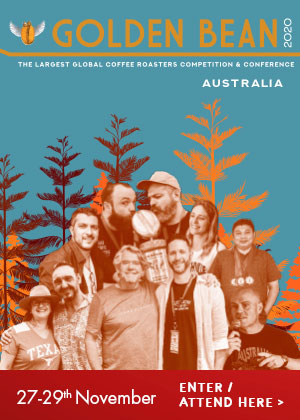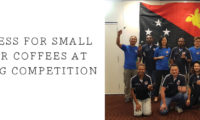STORY BY ANDRES LATORRE CANON
Managing Director – Latorre & Dutch Coffee Traders.
Brightness from the wet process, sweetness from the dry or natural process, or fruit flavours from the pulped natural process … what do you prefer?
These are all traits that stand out on each of the different coffee processing methods.
The processing of coffee is the method of converting the cherry or fruit of the coffee tree into the green coffee bean, that is then roasted to become the brown roasted bean we all know. This cherry is stripped of all its layers, leaving the seed or bean. The different methods significantly change the flavour and profile of the coffee. We are going to explain the wet process, pulped natural or honey process, and the natural or dry process.
The dry process, also known as the natural process, is the oldest method used. After picking the cherry, it is left to dry. This is done by spreading the crop on patios – where it is raked regularly, so all the beans are dried evenly. After around four weeks, the coffee reaches its optimum moisture content, then machines are used to remove the dried husk.
The dry process gives the coffee a heavy body, smooth and sweet in flavour, and it is a very complex cup. This method is regularly used in countries were rain is scarce and there are long periods of hot weather and stable temperatures – generally in Brazil, Indonesia, Ethiopia and Yemen.
The wet process is a relatively new way of processing the coffee. The fruit covering is removed before it’s dried. For this, you need a machine to remove the outer skin and big quantities of water. Immersing the product in water does the sorting of beans; the bad or unripe beans will float.
After the sorting, the beans are left in tanks filled with water, where the natural enzymes and bacteria eat and remove part of the slimy pulp.
The silver skin and parchment are removed after the drying. The drying is done by the sun on concrete patios, where the beans are raked regularly for consistency. After around two weeks, the beans are ready for polishing and grading. This process is used in countries where the brightness or acidity of the coffee is a major variable, like Colombia and Central America. The result is a cleaner, brighter and fruitier coffee.
Finally, the pulped natural process is the same as the washed processed coffee, but after the sorting, the beans are left with the slimy sweet mucilage – that is then dried rapidly. This results in a coffee that has good traits of both the dry and wet process. It has the good body of the dry process but also retains some acidity or brightness of the wet process. This type of process generally is used in countries with low humidity, where the drying can be done rapidly. Brazil is the most famous country for this process and has perfected it every year.
In conclusion, all three processes have their own traits, pros and cons, and the process should depend on the demographic qualities of the land where the coffee is grown. For example, in high humidity countries it would be impossible to use the honey or pulped natural process, since the high humidity would ferment the coffee. In countries where there’s very little water, the wet process wouldn’t be considered. Finally, in countries where temperatures are not high enough and rain is constant, the dry process would be a bad option. But now that we know the difference between them and the different profile each one turns over, it’s easier to make decisions in blend development and brew methods.
In Latorre & Dutch Coffee Traders, we see and know the importance of each process. This is why we are always exploring and bringing coffees in with each of the three methods from different countries worldwide.



















